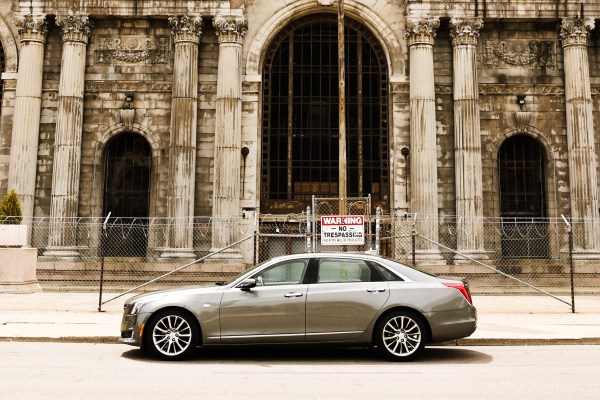General Motors is turning Cadillac into its lead electric vehicle brand in a bid to compete against Tesla as well as a host of other automakers bringing EVs onto the market.
Plans are already underway to introduce the first model from the company’s new battery electric vehicle architecture, GM said Friday during an investor meeting.
GM said this new BEV architecture will be the foundation for an advanced family of “profitable EVs,” a word choice likely meant to express the automaker’s conviction to offer up true competition in the EV world, which has been dominated by Tesla on the luxury side and Nissan in terms of pure volume sales.
The flexible platform will provide a broad array of body styles and will be offered in front-wheel, rear-wheel and all-wheel configurations, GM said. The brand’s most critical components, including the battery cells, are being designed for maximum usability across all programs, GM said. The battery system also will be adjustable, based on vehicle and customer requirements.
The announcement made Friday at an investor meeting marks a shift in GM’s approach to making electric vehicles. In the past, GM’s electrified vehicles — namely the all-electric Bolt and the plug-in hybrid Volt — fell under its mass-market Chevrolet brand.
The Bolt appears destined to continue, at least for now. (The Bolt is also used by GM’s self-driving subsidiary GM Cruise as its testing vehicle.) Meanwhile, the Volt is slated to end. GM announced last year it would end production of the Volt and the plug-in Cadillac CT6, which had sluggish sales.
GM has been undergoing a transformation over the past four to five years, getting rid of expensive, money-losing programs like the Opel brand in Europe, and investing more into electrification and autonomous vehicle technology. It has also warned repeatedly, Friday’s investor meeting being no exception, of a coming downturn in the traditional automotive business.
In November, GM ramped up its belt-tightening measures with cuts to factory and white-collar workers, plant closures in North America and the elimination of several car models as it tries to transform into a nimble company focused on high-margin SUVs, crossovers and trucks, and investments in future products like electric and autonomous vehicles.
The actions, which are meant to safeguard the automaker from an expected downturn in the U.S. market, will increase GM’s annual free cash flow by about $6 billion, including cost reductions of $4.5 billion and lower capital expenditure annual run rate of almost $1.5 billion by 2020. Ford took similar cost-cutting measures in 2018.
Even as GM announced those cuts, it said it would double engineering resources allocated to electric and autonomous vehicle programs by 2020.
